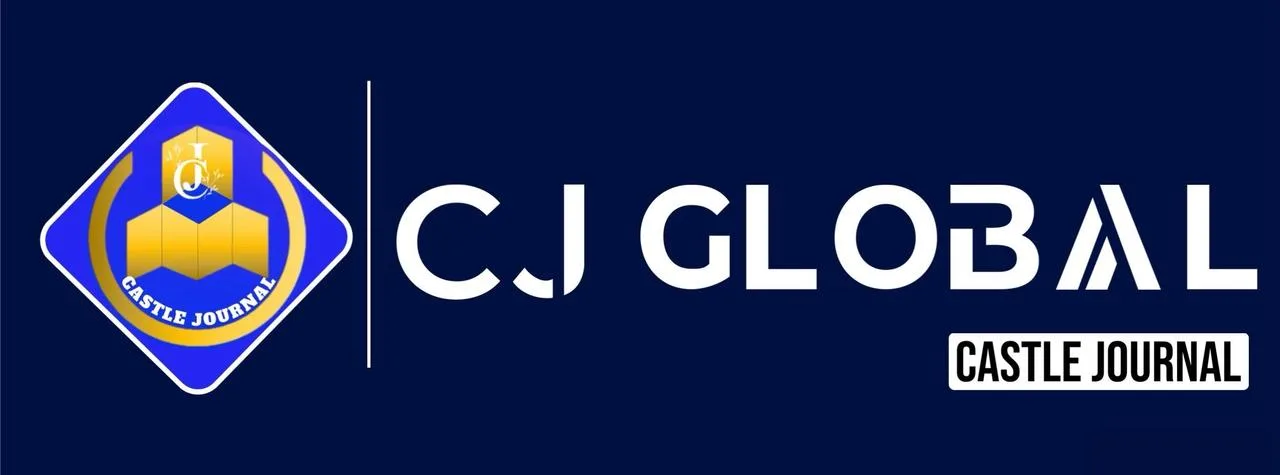The Legal Workaround: Windfall Profits and the Reparations Loan
London- UK
The debate over Russia’s frozen assets involves complex international law and has massive implications for the financial stability of the institutions holding the funds.
The European Union (EU) and its G7 partners have ruled out the outright confiscation or seizure of the principal €210 billion ($300 billion) of immobilized Russian Central Bank reserves, as doing so would violate the international law principle of sovereign immunity.
Instead, the EU is pursuing a highly innovative and legally cautious workaround focused on the windfall profits and a new reparations loan concept.
The EU’s strategy is currently operating on two distinct but related financial mechanisms to legally access the funds without touching the Russian state’s principal assets:
1. The Windfall Profits Transfer (Currently Active)
The EU has successfully implemented a mechanism to redirect the interest income generated by the frozen assets.
The Mechanism:
The majority of the Russian assets (around €190 billion) are held by Euroclear, the world’s largest central securities depository (CSD), based in Belgium. Because of the sheer size of these reserves, Euroclear has earned massive profits—or “windfall profits”—since the assets were frozen in 2022.
The Legal Argument:
The EU’s legal argument is that these profits, generated from the cash balances held by the CSD, are extraordinary revenues that do not constitute Russian sovereign assets. Therefore, the rules protecting sovereign immunity for the principal do not apply to the profits.
The Outcome:
The EU has already transferred several billion euros of these windfall profits (after tax and operating costs) to the EU budget, with a significant portion being routed to fund military and financial aid for Ukraine. This money is a direct transfer, not a loan.
2. The Reparations Loan/Collateral Plan (Proposed but Stuck)
The European Commission is pushing for a much larger, more ambitious plan to unlock the full value of the assets—around €140 billion—by using them as collateral for a massive loan to Ukraine.
The Mechanism:
– The EU would instruct Euroclear to invest the frozen assets into EU-guaranteed bonds.
– The EU would then issue a large loan (estimated at over €100 billion) to Ukraine, backed by these assets.
– Ukraine would only be required to repay the loan once Russia pays reparations for the war damage.
The Legal Argument:
This model avoids outright seizure because the underlying Russian assets remain legally blocked and their ownership claim is preserved. The scheme is classified as a “countermeasure” against Russia’s aggression, which is allowed under international law, rather than illegal expropriation.
The Key Legal and Political Hurdles (Why the Plan is Stuck)
Despite the legal workaround, the loan plan is currently paralyzed due to a clash over risk and liability, primarily involving Belgium.
1. The Belgium Problem: Legal Liability
Belgium hosts Euroclear, which holds the vast majority of the frozen funds. The Belgian government is demanding firm legal and financial guarantees from the rest of the EU.
The Risk:
If Russia were to sue (which it has threatened to do) and win a judgment in arbitration court, Belgium fears it could be held solely liable and forced to repay Russia the entire principal amount (€100 billion+) quickly.
I The Demand:
Belgium requires explicit, legally binding, unconditional, and irrevocable guarantees from all other EU member states. These guarantees would essentially be a shared, EU-wide burden-sharing agreement to cover any potential financial indemnity if Moscow wins a future legal challenge.
2. Sovereign Immunity and Bilateral Treaties
Russia’s legal rights are protected by Bilateral Investment Treaties (BITs), which ensure the property of one state is protected in another. Russia would inevitably use these treaties to challenge any scheme in international arbitration courts.
The Challenge:
Even though the EU argues the loan is a reversible “countermeasure,” any ongoing restriction on a sovereign state’s property carries legal risk.
The possibility of Russia winning a major arbitration case remains the core sticking point for the nations and institutions holding the assets.
3. Political Obstruction
A single EU member state can block the sanctions renewal process, which occurs every six months, leading to the risk of the entire freezing mechanism failing.
Veto Threat:
Countries like Hungary and Slovakia have expressed reluctance to participate in schemes that could financially or militarily support Ukraine, creating a political threat that could ultimately force the assets to be unfrozen if the sanctions are not unanimously renewed.
In summary, the EU’s strategy is to use the interest as a safe, continuous revenue stream for Ukraine, while using the principal as highly liquid collateral to secure a massive loan.
The success of the full loan plan hinges on the political will of the G7 and EU to collectively assume the legal risk of a Russian counter-lawsuit.
